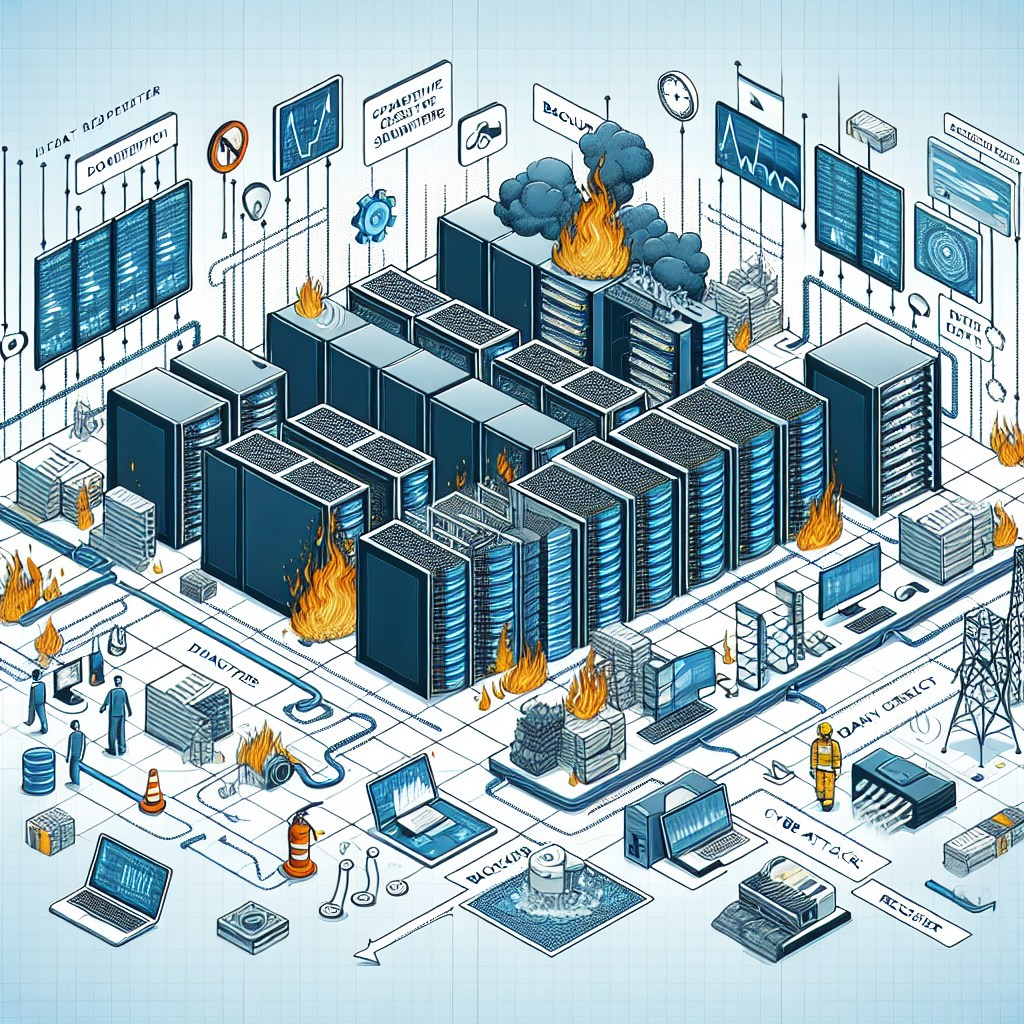Your cart is currently empty!
How to Create a Comprehensive Data Center Disaster Recovery Plan

Data centers are the backbone of modern businesses, housing critical information and applications that are essential for day-to-day operations. However, disasters can strike at any time, ranging from natural disasters like hurricanes and earthquakes to cyber-attacks and equipment failures. That’s why it’s crucial for businesses to have a comprehensive data center disaster recovery plan in place to ensure that they can quickly recover and resume normal operations in the event of a disaster.
Creating a comprehensive data center disaster recovery plan involves several key steps, including:
1. Identify potential risks: The first step in creating a disaster recovery plan is to identify potential risks that could impact your data center. This could include natural disasters, cyber-attacks, equipment failures, and human error. By understanding the potential risks, you can better prepare for them and mitigate their impact on your data center.
2. Determine recovery objectives: Once you have identified potential risks, you need to determine your recovery objectives. This includes defining how quickly you need to recover your data center and what resources will be required to do so. By setting clear recovery objectives, you can prioritize your recovery efforts and ensure that critical systems are restored quickly.
3. Develop a communication plan: In the event of a disaster, communication is key. Develop a communication plan that outlines how you will communicate with key stakeholders, employees, and customers during and after a disaster. This could include setting up an emergency communication system, establishing communication protocols, and providing regular updates on the status of recovery efforts.
4. Backup your data: Regularly backing up your data is critical for disaster recovery. Make sure to store backups in a secure location away from your data center to ensure that they are not affected by a disaster. Consider using cloud storage or off-site backups to protect your data in the event of a physical disaster.
5. Test your plan: Once you have developed your disaster recovery plan, it’s important to test it regularly to ensure that it works as intended. Conduct regular drills and simulations to identify any weaknesses in your plan and make necessary adjustments. Testing your plan will help you identify gaps in your recovery efforts and improve your overall preparedness for a disaster.
In conclusion, creating a comprehensive data center disaster recovery plan is essential for businesses to ensure that they can quickly recover and resume normal operations in the event of a disaster. By identifying potential risks, setting recovery objectives, developing a communication plan, backing up your data, and testing your plan regularly, you can better prepare your data center for any potential disaster. Remember, it’s not a matter of if a disaster will strike, but when. So, take the time to create a solid disaster recovery plan to protect your data center and your business.

Leave a Reply